All over this country, the concerns over playground safety have been growing. It has taken 20 years to fuel the movement, but there is no question that the condition of our play environment has become a major area of concern. The motivation for this concern has come from several sources. The National Recreation and Park Association (NRPA) has been involved in this area since 1975 when it undertook a project with the U.S. Consumer Product Safety Commission (CPSC) in an attempt to develop national playground safety standards. From this involvement grew the National Playground Safety Institute, (NPSI) which has, for the last eight years, provided national certification for playground safety inspectors. To date, over 5,000 Certified Playground Safety Inspectors have been certified. And, six years ago, the federally funded National Program for Playground Safety (NPPS) was instituted at the University of Northern Iowa to research and disseminate information on playground safety. Currently, the NPPS program offers a certification for playground safety educators, to train others in playground safety.
There are other organizations currently involved in this area. The National Safe Kids Campaign, the National Safety Council, the American Public Health Association, and the National Playground Contractors Association are some of the resources who have been active in the protection of children at play.
The largest of the programs, dedicated to training and certifying playground inspectors, is run by the National Playground Safety Institute of NRPA. The program is designed to create knowledgeable professionals who can identify hazards on the playground, those hazards having been identified in the U.S. Consumer Product Safety Commission's (CPSC) Handbook for Playground Safety, and the American Society for Testing and Materials (ASTM) Standard Fl 487 for Public Use Playground Equipment Safety. The U.S. CPSC is a federal agency whose guidelines for playground safety were first issued in 1981 and have been revised three times since then. ASTM is a voluntary membership organization dedicated to the development of standards for all types of products, including playground equipment and the safety surface under the equipment.
The NPSI program of certification for playground inspectors is intense and comprehensive. Using both the CPSC handbook and the ASTM standard, the intent is to develop inspectors who will understand the application of these documents to the play equipment and surfacing. Familiarity and understanding of both documents is essential for the inspector since each publication carries some information about hazards that is unique to the specific publication.
Those seeking the designation of Certified Playground Safety Inspector receive extensive study materials, in advance, including the CPSC handbook and the ASTM standard. They have textbooks to read and are expected to have absorbed the essential information by the time they attend the mandatory course, which has been extended to three days, to include hands-on site visits to playground sites.
Instructors in the NPSI course undergo a special training and must be certified inspectors. They provide two days of training to participants, this training intended as a refresher course for the materials studied. Included in that training is the on-site playground visit where students actually identify hazards using the tools relevant to the task and incorporating their knowledge of the CPSC Handbook and the ASTM standard.
Lastly, participants who want certification must take a 2-hour written exam of 100 multiple choice questions, based upon the materials read and covered in the course. The course can be taken without the exam, but certification can only be awarded by passing the exam.
How important is certification? The designation makes a statement: the CPSI has reached a level of understanding of the relevant materials (CPSC and ASTM) that allows for the review of playground equipment and surfacing for hazards. The CPSI has been trained to utilize the tools necessary for examining the playground; the CPSI knows the difference between an audit and an inspection; how to conduct each of them; and how to establish a risk reduction program for playgrounds.
This depth of knowledge is so widely respected that public and private entities are beginning to require that playground auditors be certified inspectors. California has passed a legislative mandate that calls for the audit of all its public playgrounds using only CPSls. Several other states now mandate that playgrounds meet either or both CPSC recommendations and ASTM requirements. Who better to do this than those trained and certified to utilize these documents?
The obvious success of the NPSI certification program is evident in the increase in NPSI Institutes-from one institute the first year of operation to forty institutes this year, and there are already over 40 institutes scheduled for 2002.
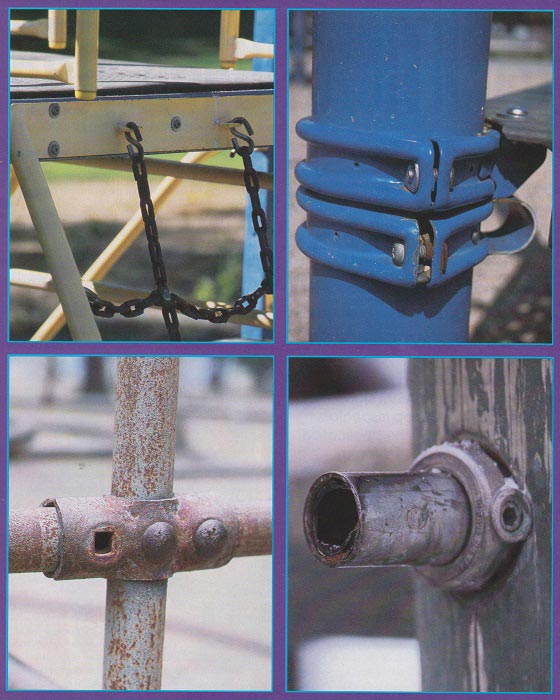
There are a variety of maintenance issues that can be discovered and eventually remedied, after an inspection from an NPSI-certified inspector.
The credibility of the certification process is especially enhanced by the fact that an independent, nationally-known certification company operates the program for NPSI. On the day of the certification examination, no NPSI instructors are allowed into the exam room. The test, which is designed by the certification agency, is protected from public view and is proctored by outside proctors. Periodically the exams are changed, to maintain the credibility of the exams and their impeccable standards.
But, with the pride of becoming a CPSI come some of the dangers which the CPSI has to be constantly reminded of. Because the audit can affect the future of the playground, and even the community, the conduct of that audit must be very carefully done. The CPSI must audit to the CPSC and ASTM, not to any personal concept of safety. The CPSI must use reasonable professional judgment in doing the audit; we need to not only identify a hazard but also to understand the impact of any variance from CPSC or ASTM. Not having the required label on a piece of equipment, warning about the need for soft surfacing, does not require the closing of the entire playground if the surfacing is appropriate but the label is missing.
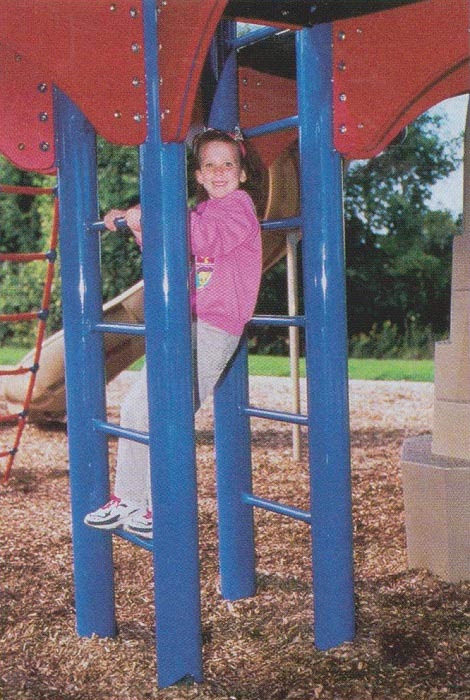
The increasing number of NPSl-certified playground inspectors equates to safer, better-maintained playgrounds for our children.
Personal interpretations by the CPSI in the audit can be dangerous to the credibility of the CPSI and pose a potential liability problem should an injury occur because equipment was altered to the CPSl's recommendation. The auditor should use his or her acquired knowledge carefully and be able to point to the CPSC or ASTM resource for every recommendation.
Is certification important? Think about it is there any better way to gain the proper credentials that will earn respect in the field? We now have certified installers, certified playground instructors, certified playground inspectors. Certification works hand-in-hand with knowledge, with the ability to evaluate, and with the understanding of the process of working in the specific area of the profession, we have chosen. For those who are certified, take pride in that certification.


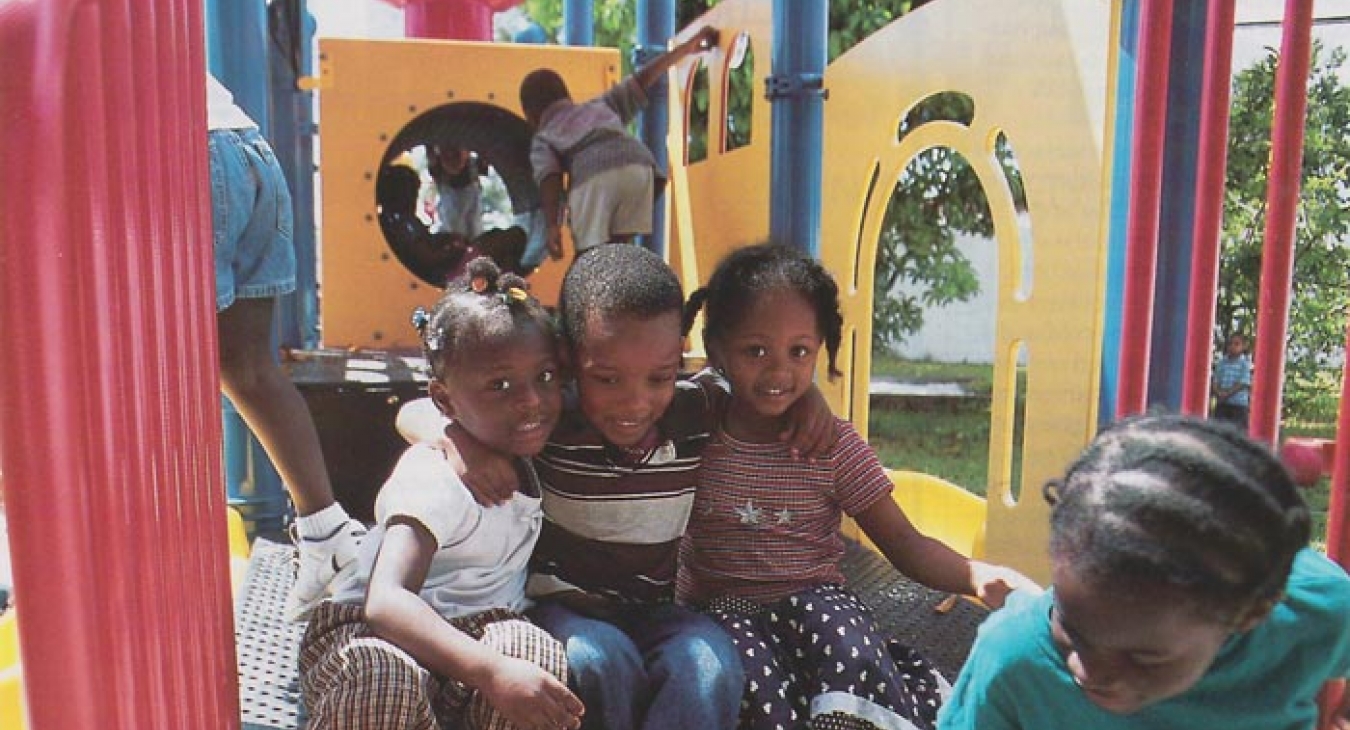

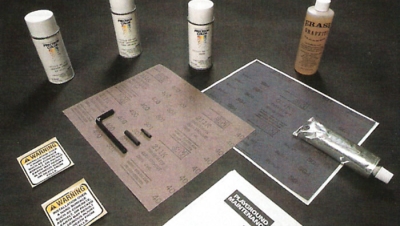
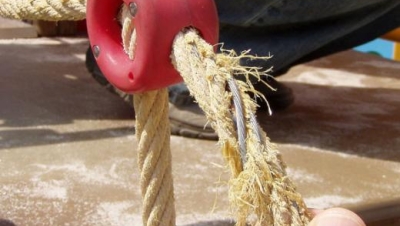



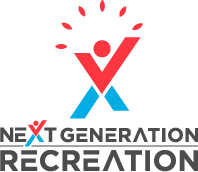
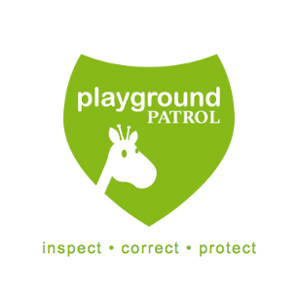
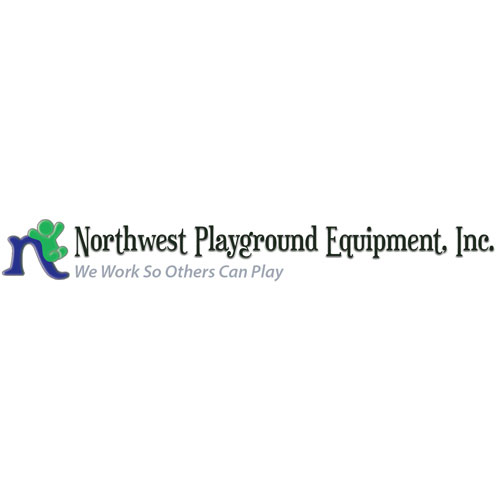
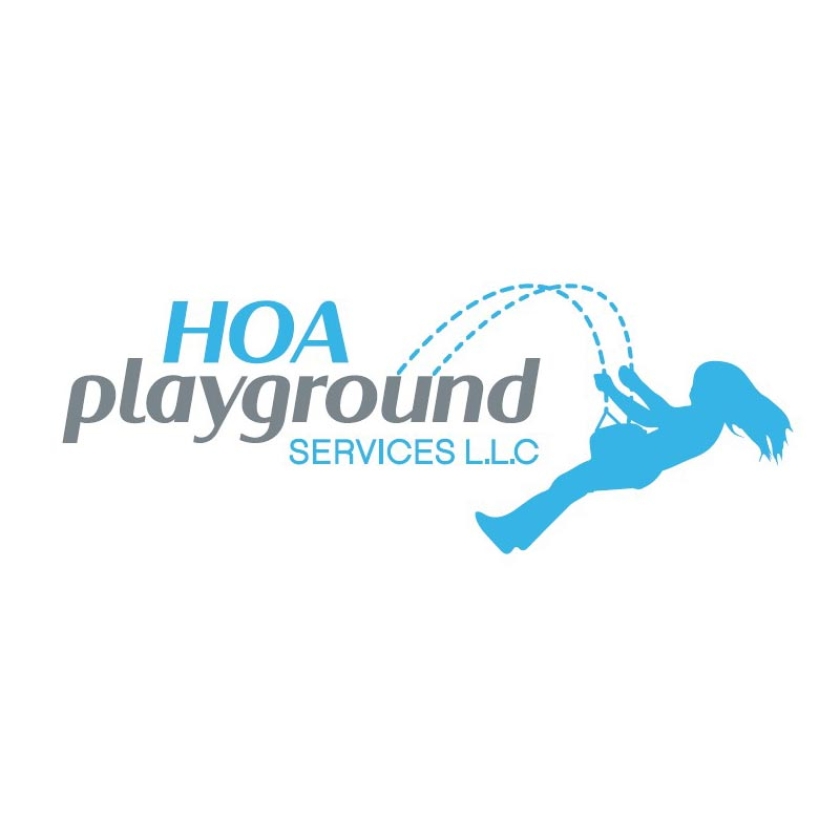
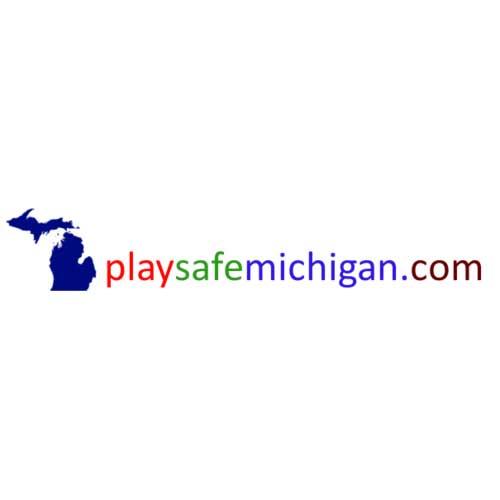
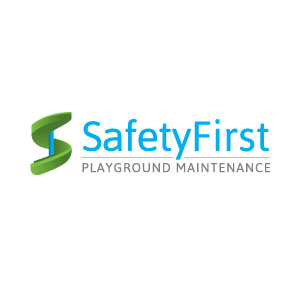


Add new comment